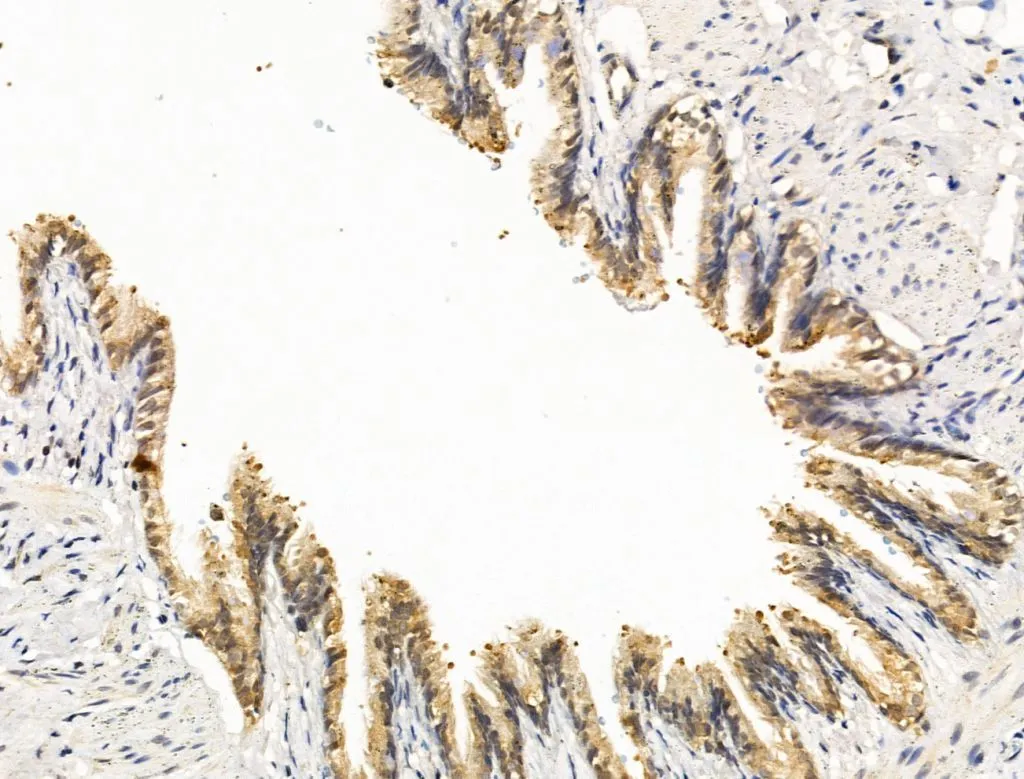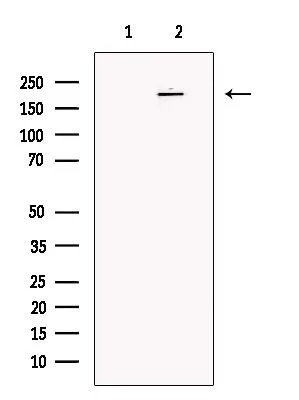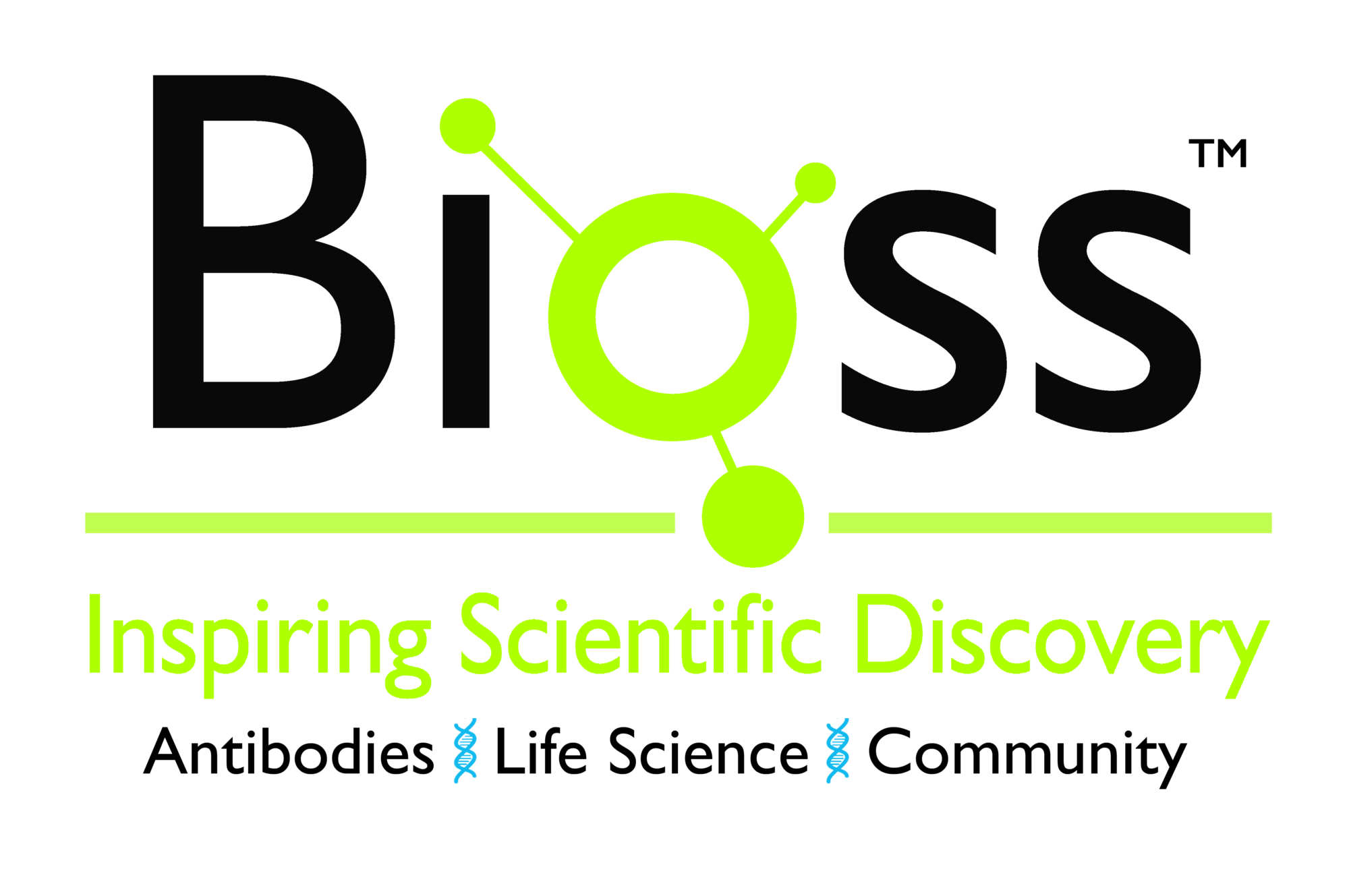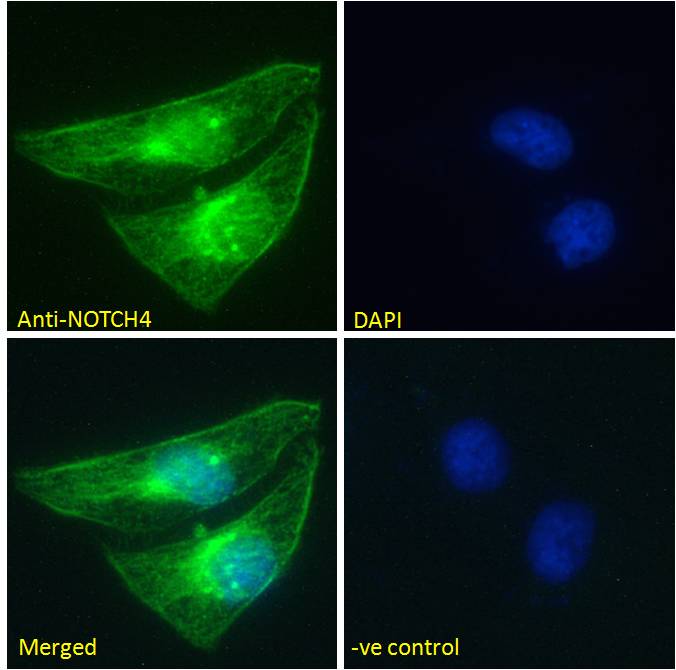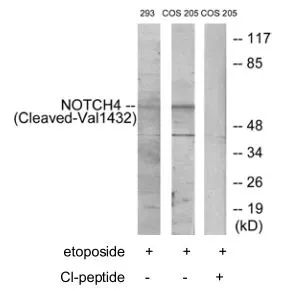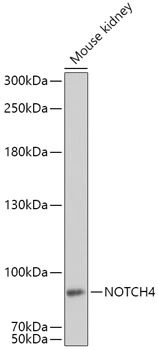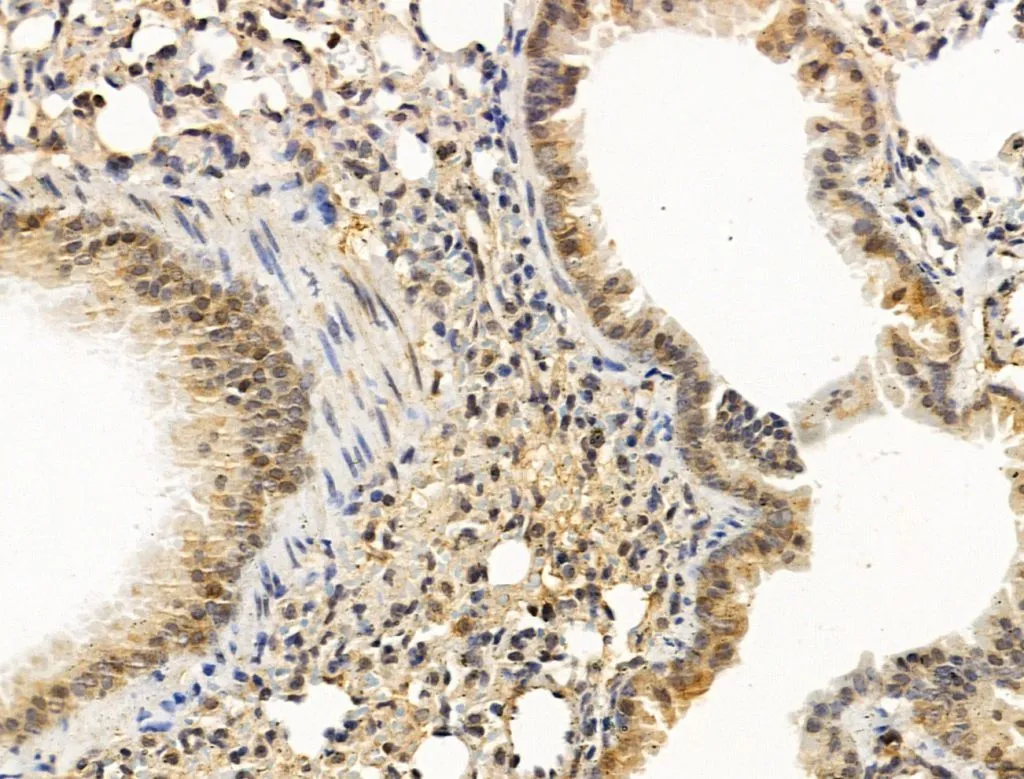
IHC-P analysis of mouse lung tissue using GTX03453 NOTCH4 antibody. Antigen retrieval : Heat mediated antigen retrieval step in citrate buffer was performed. Dilution : 1:100
NOTCH4 antibody
GTX03453
ApplicationsWestern Blot, ImmunoHistoChemistry, ImmunoHistoChemistry Paraffin
Product group Antibodies
ReactivityHuman, Mouse, Rat
TargetNOTCH4
Overview
- SupplierGeneTex
- Product NameNOTCH4 antibody
- Delivery Days Customer9
- Application Supplier NoteWB: 1:500-1:2000. IHC-P: 1:50-1:200. *Optimal dilutions/concentrations should be determined by the researcher.Not tested in other applications.
- ApplicationsWestern Blot, ImmunoHistoChemistry, ImmunoHistoChemistry Paraffin
- CertificationResearch Use Only
- ClonalityPolyclonal
- Concentration1 mg/ml
- ConjugateUnconjugated
- Gene ID4855
- Target nameNOTCH4
- Target descriptionnotch receptor 4
- Target synonymsINT3, neurogenic locus notch homolog protein 4, Notch homolog 4, notch 4
- HostRabbit
- IsotypeIgG
- Protein IDQ99466
- Protein NameNeurogenic locus notch homolog protein 4
- Scientific DescriptionThis gene encodes a member of the NOTCH family of proteins. Members of this Type I transmembrane protein family share structural characteristics including an extracellular domain consisting of multiple epidermal growth factor-like (EGF) repeats, and an intracellular domain consisting of multiple different domain types. Notch signaling is an evolutionarily conserved intercellular signaling pathway that regulates interactions between physically adjacent cells through binding of Notch family receptors to their cognate ligands. The encoded preproprotein is proteolytically processed in the trans-Golgi network to generate two polypeptide chains that heterodimerize to form the mature cell-surface receptor. This receptor may play a role in vascular, renal and hepatic development. Mutations in this gene may be associated with schizophrenia. Alternative splicing results in multiple transcript variants, at least one of which encodes an isoform that is proteolytically processed. [provided by RefSeq, Jan 2016]
- ReactivityHuman, Mouse, Rat
- Storage Instruction-20°C or -80°C,2°C to 8°C
- UNSPSC12352203
References
- Brzozowa-Zasada M, Piecuch A, Michalski M, et al. The Clinical Application of Immunohistochemical Expression of Notch4 Protein in Patients with Colon Adenocarcinoma. Int J Mol Sci. 2023,24(8). doi: 10.3390/ijms24087502Read this paper

